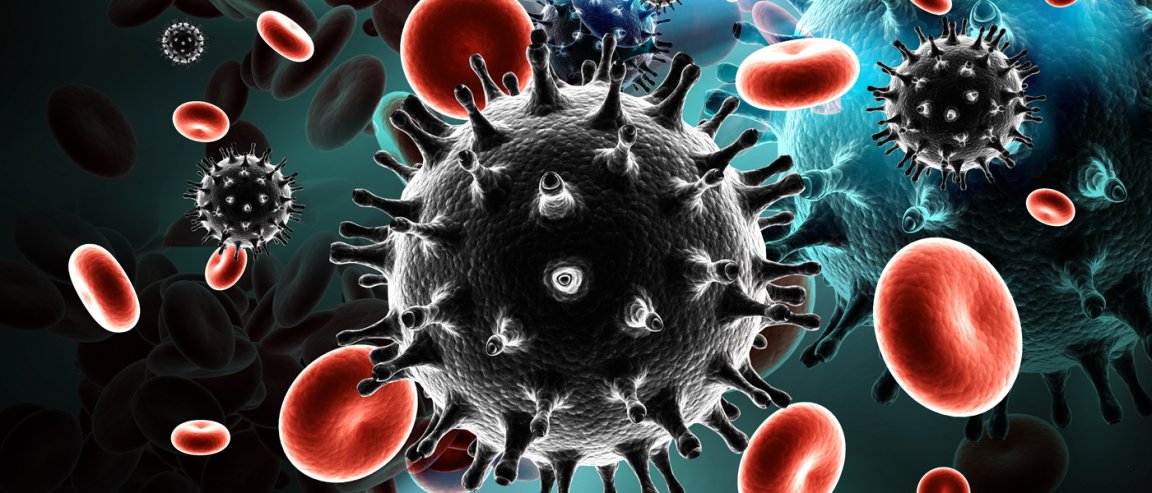
A Combined Effort
There is no shortage of HIV treatments or vaccinations that are being developed right now; however, to date, all of them fall short. This stems from the elusive nature of the virus where, despite the virus being suppressed, it still has a chance of coming back because some cells remain.
To break this down, it is because of so-called HIV reservoirs, where areas in the body still have inactive HIV-infected immune cells which can still pose a threat.
Scientists from the University of Adelaide have developed a new approach to the treatment that might prevent such reservoirs from appearing in the first place.
By using a combination of vaccines, the scientists were able to reduce HIV infection in mice. To achieve this, the scientists first introduced the inside of a mice’s nose with the common cold virus that has been modified to include some HIV proteins. At the same time, the mice were injected with a DNA-based vaccine through their skin.
“There’s an element of HIV known as Tat that helps the virus to replicate quite rapidly. One of the beauties of our vaccine approach is that the antibodies inhibit the Tat effect, preventing HIV from replicating itself,” says Professor Eric Gowans, Head of the Virology Group conducting the study.
A Frontline Defense
This approach is a viable treatment for the prevention of HIV since it hits the virus before it even spreads throughout the body. “With sexual activity being one of the primary methods of HIV transmission, it’s necessary to try to protect those parts of the body that are most likely to encounter the virus first,” says senior author Dr Branka Grubor-Bauk from the Discipline of Surgery at the university. By introducing the vaccine to the mucous membranes, the body can easily mount an immune response against the virus as it enters the body during sexual activity.
Professor Gowans asserts that the results from the study supports the need to further test this vaccination technique.